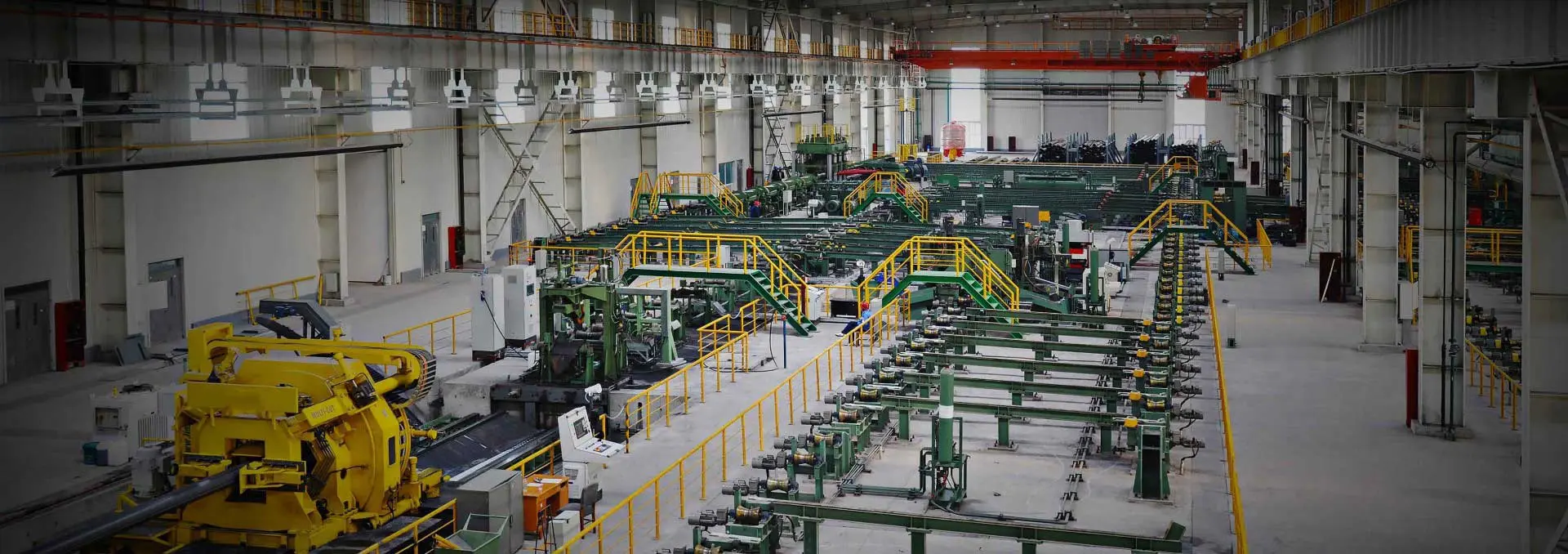Square tubes and rectangular tubes—also known as cold-formed hollow structural sections—are widely used in construction, machinery, and fabrication. Among all parameters, wall thickness (Square & Rectangular Tube Thickness) is one of the most critical indicators that directly determines mechanical performance, service life, and cost.
1. Square & Rectangular Tube Thickness Definition
Wall thickness refers to the vertical distance between the outer and inner surfaces of the tube and is typically expressed in millimeters (e.g., 2.0 mm, 3.0 mm).
It directly affects:
Structural strength
Weight per meter
Stability
Application range
Therefore, wall thickness is always a core parameter in engineering drawings and purchase contracts.
2. Square & Rectangular Tube Thickness Importance
Square & rectangular tube thickness determines three key aspects:
Load-bearing strength
Thicker walls provide higher resistance to compression, bending, and torsion.
Weight & cost
Wall thickness is the main factor influencing theoretical weight and price.
Application suitability
Thin wall → decoration, light structures
Medium wall → building frames
Thick wall → heavy-duty and load-bearing applications
3. Common Thickness Ranges of Square & Rectangular Tube
(1) Welded Square & Rectangular Tubes (ERW)
Thin-walled (0.5–3.0 mm)
Used for furniture, interior decoration, shelves, display structures.
Medium-thick (3.0–6.0 mm)
Suitable for construction frames, mechanical frames, auto parts.
Thick-walled (6–20+ mm)
Used in heavy-duty applications such as bridges, cranes, offshore platforms.
(2) Seamless Square & Rectangular Tubes
Thickness range: 2.0–12.0 mm
Formed from seamless round pipes via cold drawing/rolling.
Ideal for hydraulic cylinders, machinery frames, and high-pressure systems.
(3) Market-Common Thicknesses
Small sizes (20×20–40×40): 1.0–3.0 mm
Medium sizes (50×50–100×100): 2.0–6.0 mm
Large sizes (150×150–300×200): 4.0–12.0 mm
Large tubes require thicker walls to prevent local buckling.
4. Square & Rectangular Tube Thickness Measurement
Two methods are commonly used:
Actual measurement
Using calipers or ultrasonic gauges to measure actual wall thickness.
Standard tolerance verification
Comparing measured thickness with national/international standards.
A combination of both ensures accuracy in critical applications.
5. Factors Affecting Thickness Selection of Square & Rectangular Tube
(1) Structural mechanics
Load-bearing
Stiffness
Stability under compression or bending
Heavier loads require thicker walls.
(2) Environment & durability
Indoor dry conditions → thickness based solely on mechanical needs
Outdoor, coastal, chemical exposure → add 1–2 mm corrosion allowance
Abrasion environments → require additional wear allowance
(3) Connection design
Welding requires sufficient thickness for penetration
Bolt holes need thicker walls to avoid tearing
(4) Production & forming limits
Thin walls → easier to form but risk wrinkling
Thick walls → require stronger equipment
Large-size tubes have minimal thickness requirements to maintain rigidity
(5) Cost optimization
Thicker = stronger but heavier and more expensive
Select the minimum safe thickness to balance strength and economy
Long-term environments may benefit from choosing slightly thicker tubes to reduce maintenance
6. Square & Rectangular Tube Thickness Tolerances
National standards regulate wall thickness deviations:
Wall thickness ≤10 mm → allowable deviation ±10%
Wall thickness >10 mm → allowable deviation ±8%
Note:
These tolerances do not apply to bends and welded seams, where additional precision control is required.
High precision ensures reliability in buildings, bridges, machinery, and load-bearing frameworks.
7. Square & Rectangular Tube Thickness in Critical Areas
Bending zones and welding areas have:
Concentrated stress
Higher deformation sensitivity
Stricter quality requirements
Thus, thickness in these areas must meet more rigorous standards than general straight sections.
8. Purchasing Tips|Square & Rectangular Tube Thickness Buying Guide
Confirm thickness tolerance with supplier
Example: Nominal 3.0 mm → actual 2.7–3.3 mm may still be standard-compliant.
Check width-to-thickness ratio
Large sections with thin walls may fail due to local buckling.
Match thickness to application
No over-design or under-design.
Select proper material
(carbon steel, galvanized steel, stainless steel, aluminum) because the same thickness ≠ same performance.
9. FAQs
Q1: Does thickness improve load-bearing capacity?
Yes. Thicker walls significantly increase compression, bending, and torsion strength.
Q2: Is thicker always better?
No. Thicker pipes raise weight and cost. Optimized thickness saves money while meeting safety requirements.
Q3: What are standard tolerances?
±10% (≤10mm) and ±8% (>10mm), excluding welds and bends.

 English
English Español
Español




 Tel : +86-18565811709
Tel : +86-18565811709 Email :
Email : 
 News
News




